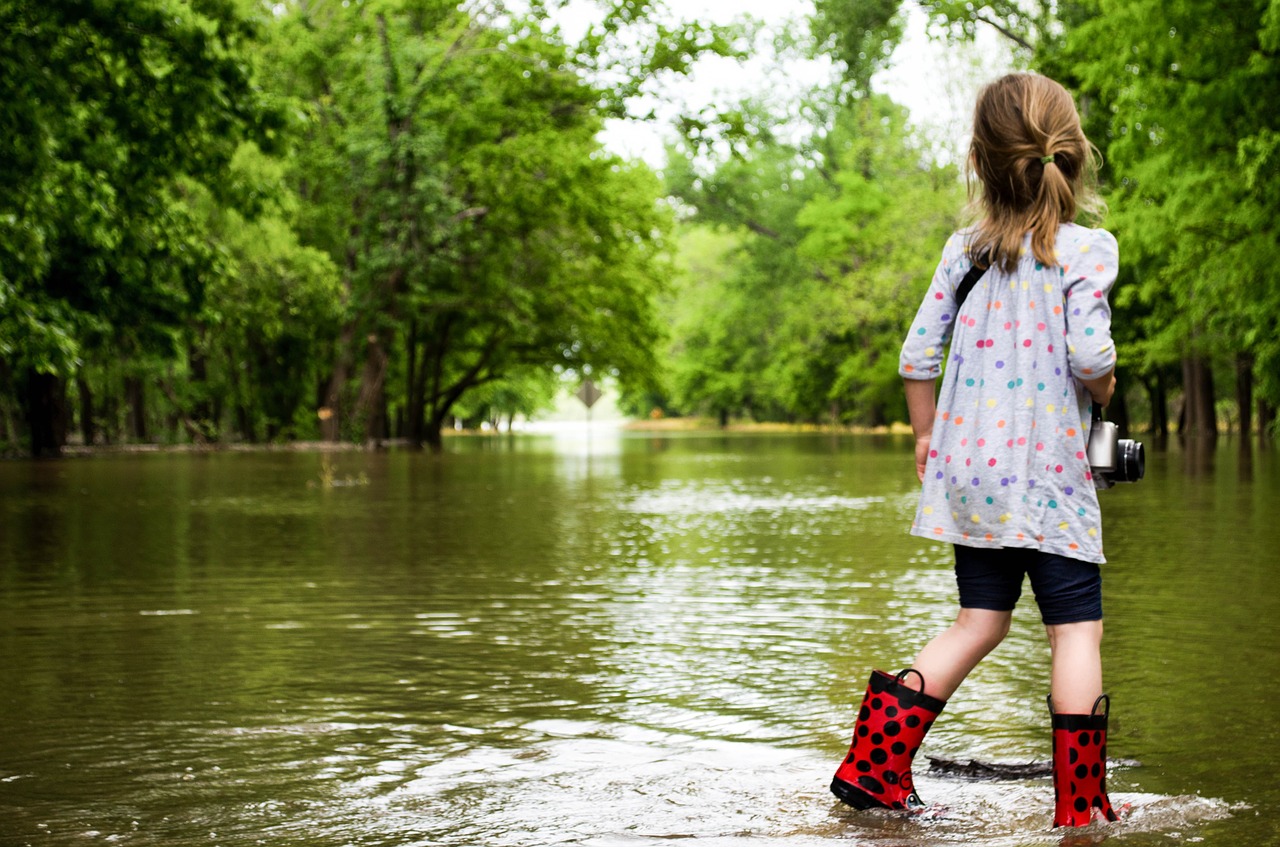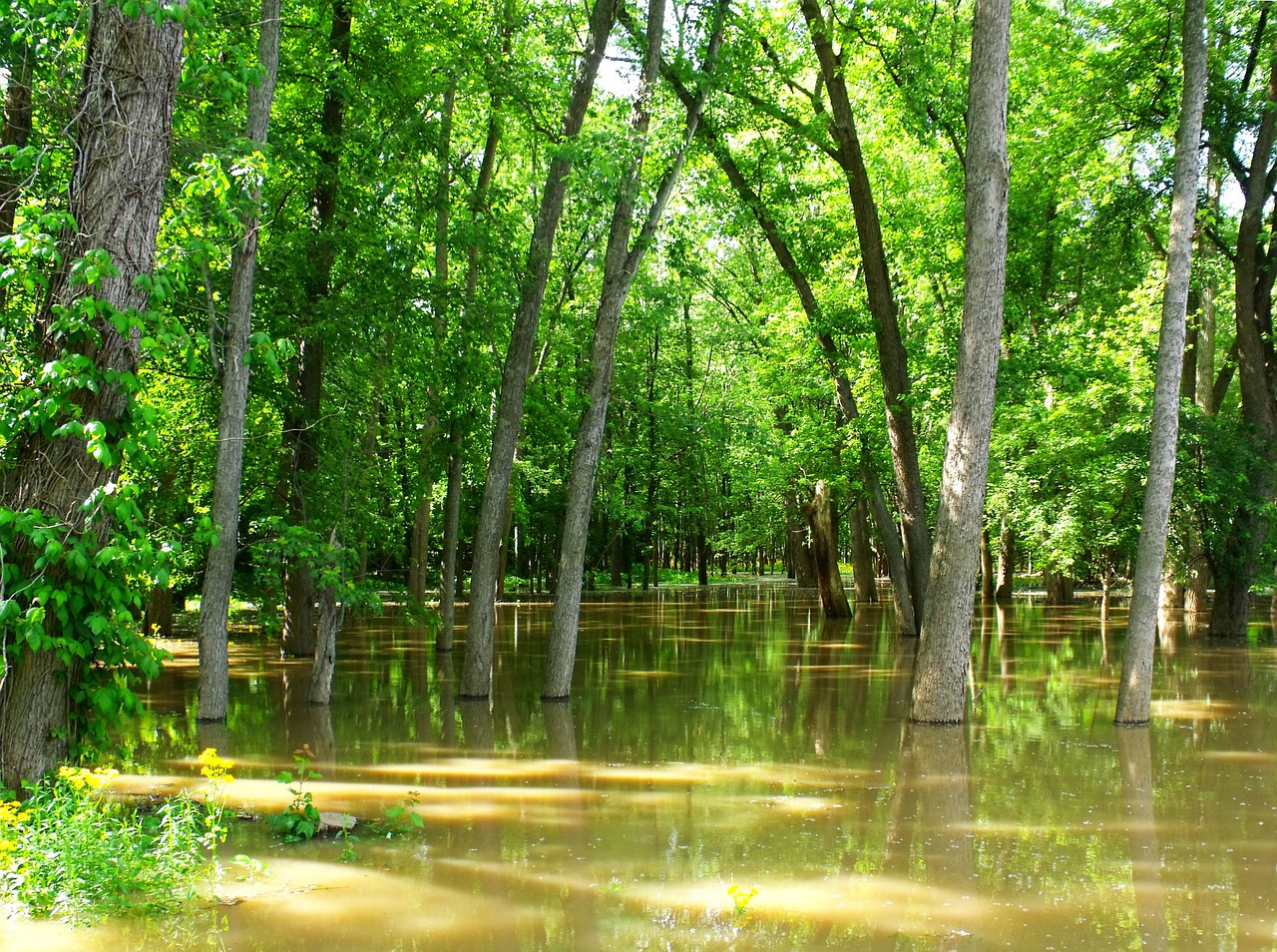Hurricane Harvey caused what the National Weather Service described as “catastrophic flooding” in Houston and across southeast Texas.
“This event is unprecedented and all impacts are unknown and beyond anything experienced,” the National Weather Service said.
Some downtown areas of Houston were knee-deep in water, and some highways were shut down as a result of flooding from as much as 10 feet of water. In fact, some parts of Houston and just west of the city possibly received a Texas record of 50 inches of rain. Since making initial landfall as a Category 4 hurricane in southeastern Texas, Harvey dumped an estimated total of 20 trillion gallons of rain on the Houston area.
This was truly catastrophic to homes, vehicles and people. And, as the flooding recedes, you might be wondering what this excess and longer-standing water is also doing to your commercial landscape trees and plants.
Here is some insight into what standing water and flooding does to plants and what we can do to help.
Soils And Flooding
Unfortunately, there is nothing you can do to change the weather.
While many landscape plants and trees can survive short periods of flooding, extended periods of standing water can often be detrimental.
Why? Flooding results in poor soil aeration because the supply of oxygen to flooded soil is severely limited. And oxygen is one of the most important environmental factors that trigger growth inhibition and injury in flooded plants.
Flooding of soils also increases the pH of acidic soils and decreases the pH of alkaline soils.
Organic matter, which is beneficial to soils, also slows down its rate of decomposition when flooded. To add to that, high concentrations of ethanol and hydrogen sulfide are produced in waterlogged soils, which can be damaging to root systems.
Soil can also be washed away around the base of trees and plants in a flood, exposing roots. This can lead to plant stress.
Trees And Flooding

Tree survival and recovery after flooding depends on how much trees are covered by water. Some species can survive standing in several feet of water for months, but if their foliage is completely covered they can die in as quickly as one month. In fact, very few species can tolerate more than one month of complete submersion.
Obviously, adult trees will tolerate flooding better than their younger counterparts. And dormant plants are more tolerant to flooding than actively growing plants.
The good news if you’ve been hiring a professional to tend to your trees and shrubs: Established, healthy and well-cared-for woody plants will be more tolerant to flooding than very old trees, stressed trees or young trees.
What To Look For
Within one to two weeks you should be able to tell if plants will survive. Impacted plants will start to show damage. However, woody plants may take longer to reveal issues.
Symptoms of plants under excessive water stress include yellowing or browning of leaves, leaf curling and pointing downward, leaf wilting, reduced new leaf size, early fall color, defoliation, branch dieback and, in extreme cases, gradual plant decline and death over the next couple of years.
Some plants can recover from flooding injury in as little as a year, while others don’t recover at all. But trees that suffer from flooding can end up more susceptible to secondary issues afterward, including growth of fungi and wood boring insect infestations.
What Can Be Done
First, you have to let the water recede. Then we can assess the damage.
 Your landscape professional will remove flood debris from the area and move soil that has shifted, especially if this soil is on top of a lawn area; it only takes 1 inch of soil to kill a lawn. It takes approximately 3 inches or more of silt and soil to be detrimental to trees.
Your landscape professional will remove flood debris from the area and move soil that has shifted, especially if this soil is on top of a lawn area; it only takes 1 inch of soil to kill a lawn. It takes approximately 3 inches or more of silt and soil to be detrimental to trees.
Survivability depends greatly on the species on the site. Your landscape professional can give you some insight into your specific species and site issues and help you assess damage and create a plan for recovery.
A flood event will also reveal areas on your site that drain too slowly. A landscape professional can help you create a plan to improve your site’s drainage.
Proper plant health care is an obvious important step in limiting plant decline. This includes removing dead or diseased branches, aerating the soil around tree roots and properly mulching trees. You’ll notice landscape professionals will increase this type of activity on your site after a flood event.
Did Hurricane Harvey Impact Your Commercial Site? We Can Help!
How long plants can survive after roots are submerged in a flood depends on multiple factors—from the time of year the flood occurs to the duration of the flood event to species sensitivity to the type of soil the plants are growing in.
Yellowstone Landscape can assess the damage, clean up the site and help you implement a plan to ensure minimal damage or interruption to your site aesthetics. Contact us to learn more.


